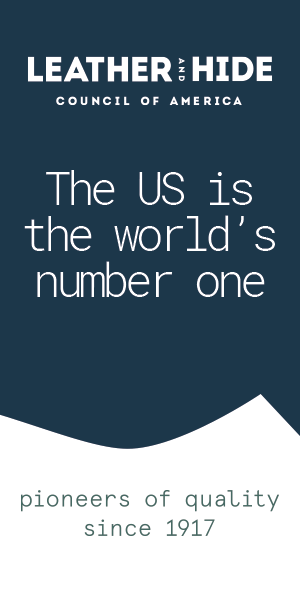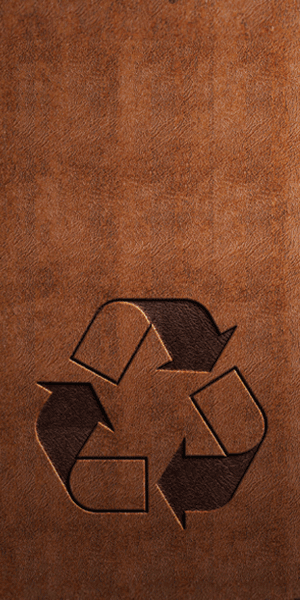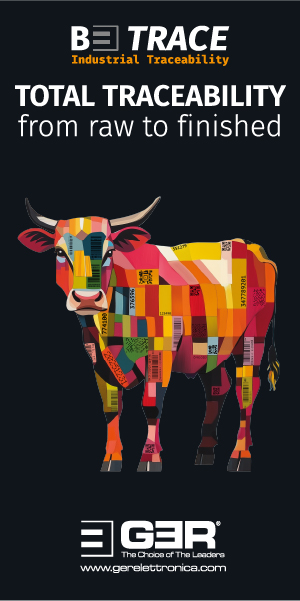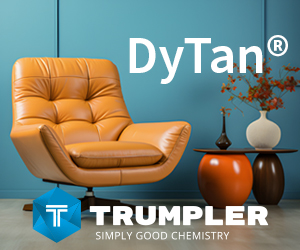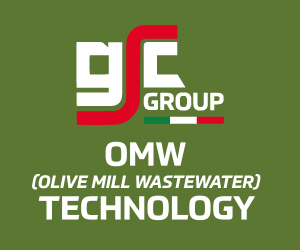Andreas Kindermann: Common understanding

Since 2008, Andreas Kindermann has been chief executive of Wollsdorf Leather, a specialist producer of leather for steering-wheels, furniture upholstery and aircraft interiors, with its headquarters in Austria. He steered the company back to growth following the global financial crisis of 2007-2008, opened sewing and cutting plants in China and Croatia, established or redeveloped sales offices in Hong Kong, Uruguay and the US, and, in 2019, established a new tannery and leather cutting facility in Mexico. He led Wollsdorf to victory in the Global Tannery of the Year award in 2014. He was elected president of COTANCE, the leather industry’s main representative body in the European Union in 2018.
Your tenure as COTANCE president began two years ago. Will it continue until the organisation is able to host a general assembly again? If so, when will that be?
The general assembly was to be in June 2020 but, like so many other things, has been delayed by covid-19. It will take place in Vienna on September 7 and I will remain acting COTANCE president until then. If there is no deterioration of the situation we will have the meeting in person. If the situation changes, we will have to reassess it and maybe it will be online, like the meetings we are having at the moment. We now have monthly meetings online with all the national organisations that are members of COTANCE.
On taking up the role you said one of your priorities would be to promote and protect leather’s identity. With regard to presenting leather to political authorities, which you have now done for COTANCE at European Union level, having done this also for Wollsdorf Leather in Austria, Croatia and Mexico, what is the best way to put pro-leather arguments across? What do you say and how do you say it?
Well, I think we have to distinguish. One thing is that in discussions with politicians, the main goal was to achieve regulation regarding authenticity. My argument is that customers are completely confused by misleading wording and labelling that do not give information about what kind of material they are buying. Second, this is something that consumer polls in Europe have already confirmed, that customers, the industry, traders all want to have a correct authenticity regulation. The third thing is that within Europe we have different regulations in all of the member states over how leather can be defined and labelled. As this is a global business, we want to have a common understanding of what is leather and what is not leather. For a company selling articles in France, Germany or Spain we want to have the same legal regulations and that’s not the case at the moment. Then there is a separate discussion about why customers should use leather. What I always say is that leather is sustainable. The material exists already as a by-product. It is available. We can either use it or throw it away. In the production of leather we have achieved significant improvements; we produce in an environmentally friendly way. We do not pollute, we do not waste water, we have factories that are CO2-neutral. Leather as a product itself is very durable; it’s long-lasting and products made from leather don’t have to be replaced after six months because they are falling apart. This is why I believe leather is sustainable. This is what we have been trying to explain in campaigns such as One4Leather and Metcha from Leather Naturally. All of these campaigns are important because we need to inform the customers who are buying our products about the advantages of leather. It’s not the purchasing department of our customer who decides; it’s the final customer who buys a shoe or bag made out of leather or a car with leather in the interior.
The mood as companies and countries try to recover from covid-19 is still uncertain. What will be the key to making a good, safe and fast recovery?
One of the first things we have seen in the shutdown and also in the relaunch, and which we may see going forward if we have shutdowns again, is the need for coordination in restrictions on transportation and travel. We have global businesses, we have workers that move from one country to another, transportation of chemicals, raw materials and final products. Having an organised way of ramping up and closing down is important. We had a lot of chaos in the beginning and even when the restrictions reduced we had the same situation. Every country was acting differently, not just between Europe and China, say, but even within Europe it was completely uncoordinated. The industry needs support all over Europe regarding funding and liquidity. We know our value chain is a very long one and we do not have short production processes. We have a lot of inventory and making sure companies have sufficient funding is important.
Should this help come from governments, from banks or from whom?
I think it should come from governments. I hope that the European Union can quickly find an agreement over how to structure and organise European support for recovery from corona [it reached agreement on July 21]. That’s important. This is something that the European Union should organise, even with direct funding. Money should not just be given to national parliaments. The European Union can organise and make sure that the money is used in the best and most efficient way all over Europe. We should make sure that customers come back and that consumption is supported. And when customers decide what they want to buy we should try to make sure they buy leathergoods. So it’s not only that the industry should be able to produce; it’s also necessary that we have customers who buy our products. It’s important that the mood of the customer is good and that customers understand the advantages of leather.
You have given a warm welcome to the new law in Italy protecting leather’s identity. How much difference do you think this will make?
Over the last couple of years I have had a lot of discussions with civil servants of the European Union in Brussels. Brussels is under pressure. Every new regulation it imposes is questioned by national governments because they want less regulation from Europe. The European Union has a reputation for imposing too many new regulations, so the people in Brussels hesitate to impose more even when, as in this case, it’s a new regulation that we want. We have the situation that Italy is the most important leather-producing country in Europe. More leather-producing companies are based in Italy than in any other country in Europe and they produce more leather than any other country in Europe. Therefore, having Italy make sure that leather has clear regulation regarding labelling shows the whole of Europe that this is important. This process in Italy will start a process at European level. The European Union will have to approve this Italian law; during that approval process, all member states will receive this law and will be asked to give a response. If enough member states look and say this is good, the European Union may decide to emulate it at a European level. So this law in Italy may trigger a European process.
You have taken part in seminars aimed at improving traceability and information about animal welfare and have said that customers want information and reassurances about this. What progress has there been in the last year or so?
Technically there is acknowledgement that there is, at least, hope that we will have technology that will allow us to mark the hides with the labelling staying there from raw to finished. In France, CTC has a project. We at Wollsdorf have also started a project with laser-marking technology from Germany. I see an opportunity here to mark the hide with marking that is durable, it stays there over the whole process. Then I can identify each individual hide because each one receives a number and with this individual number I can have all the information from the animal’s ear-tag and information from the hide trader, from the production batches and so on. All of that information on that one hide is available. We are in a trial phase at the moment and the trials so far are quite positive. We will run further trials later this year. There is a possibility for this to go into full production in 2021. This will give us the opportunity to confirm for the customer what I said before about sustainability. It can answer a lot of questions.
As a supplier of leather to automotive manufacturers, your operation is global because you have to be close to your customers. What is your assessment of the changes in global trade that we are witnessing now? Are these changes good news or bad news for the leather industry?
Well, the leather industry is a global industry. We have supply chains in South America, North America, China, Europe, India, Africa and we have strong relationships because people move from one country to another. Trade restrictions that are put in place by politicians who just have short-term thinking are a disadvantage, not only for our industry but for all industries that are global. In my opinion, I think people will realise that protectionism is not the solution and the leather industry will suffer from protectionism. We have seen that the United States-Mexico-Canada Agreement (USMCA) that has just started, the successor of NAFTA, is something that is increasing pressure to have more value added in the region. It means a relocation of production from other areas into the region. We have also seen the way that China is managing customs, that the higher your value added is outside China, the higher your customs tariff in China will be. I think this is the wrong way to protect local industry. Meanwhile with Brexit, negotiations [over a trade deal] are still ongoing. It would be to the disadvantage of the UK and the European Union if there is no agreement.
This and all editions of the World Leather Podcast can be accessed on Anchor, Breaker, Google Podcasts, Apple Podcasts, Overcast, Pocket Casts, RadioPublic and Spotify. Please go to the home page of the platform you like best and search for World Leather.







